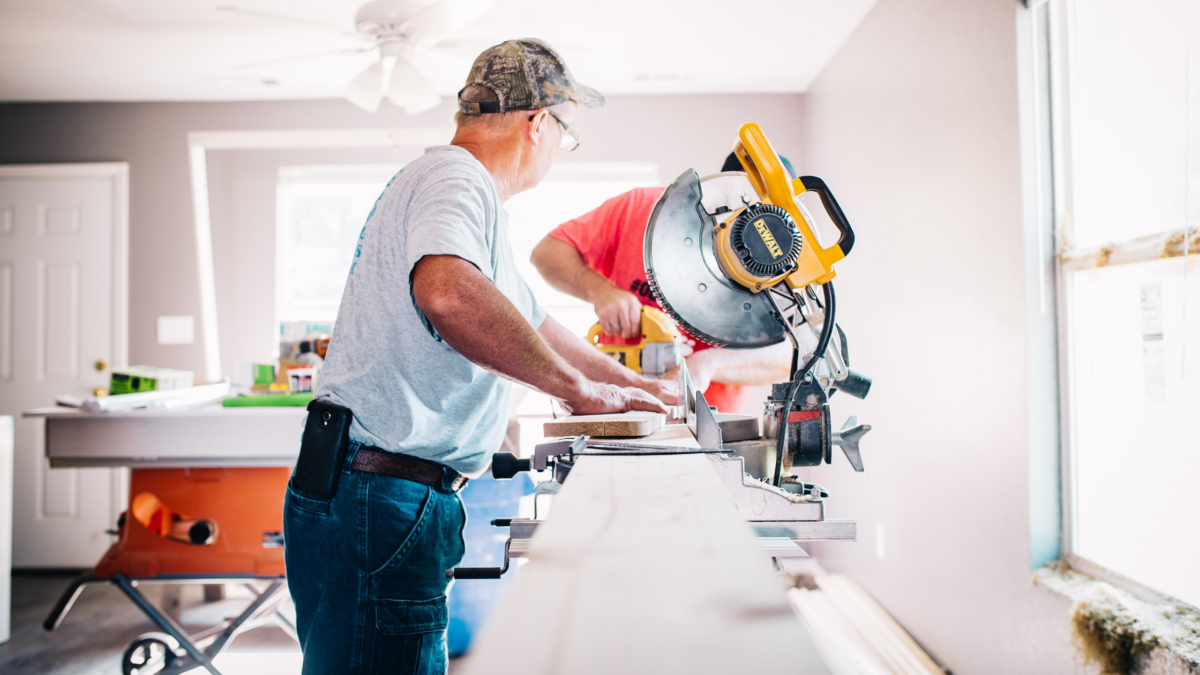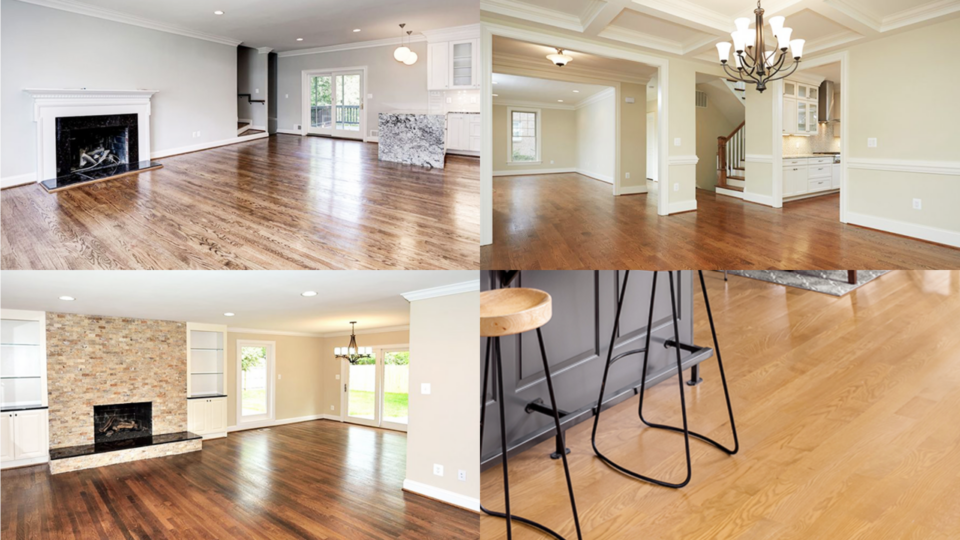
Essential Tips for Hiring the Perfect Contractor
October 19, 2023
Breathing New Life: The Crucial Role of Ventilation in Your Remodel
November 4, 2023Home remodeling projects can be a great way to breathe new life into your living space, increase your home’s value, and tailor it to your specific needs and preferences. While many homeowners turn to professionals for their remodeling needs, do-it-yourself (DIY) projects have gained popularity in recent years. DIY remodeling projects allow homeowners to take a hands-on approach, save money, and gain a sense of accomplishment. However, DIY projects also come with their share of challenges and drawbacks. In this article, we’ll explore the pros and cons of DIY remodeling projects to help you make an informed decision when considering whether to tackle a project on your own.
Pros of DIY Remodeling Projects
Cost Savings
One of the most significant advantages of DIY remodeling is the potential cost savings. By doing the work yourself, you can avoid labor costs, which can make up a substantial portion of a professional remodeling project’s budget. You also have more control over the materials you choose, potentially saving money by shopping for deals or repurposing items you already own.
Creative Control
When you embark on a DIY project, you have complete creative control over the design, layout, and style of your remodeling efforts. You can tailor the project to your specific vision and preferences without needing to compromise with a contractor’s ideas.
Skill Development
DIY remodeling projects provide an excellent opportunity to acquire new skills and knowledge. Whether you’re learning to tile, paint, or install fixtures, the experience gained from hands-on work can be rewarding and useful for future projects. Additionally, these new skills may also be transferable to other aspects of life.
Personal Satisfaction
Completing a DIY remodeling project can be incredibly satisfying. The sense of accomplishment that comes with seeing your vision come to life and the positive changes you make to your home can be a source of pride and personal satisfaction.
Cons of DIY Remodeling Projects
Time and Effort
One of the most significant drawbacks of DIY remodeling projects is the time and effort required. Renovations can be time-consuming, and taking on the entire project yourself can be overwhelming. A professional contractor often has a team of workers, allowing them to complete the project more quickly.
Skill and Knowledge Gaps
While DIY projects provide an opportunity to learn, they can also highlight skill and knowledge gaps. Mistakes are common, and if you lack experience, you may find yourself having to redo work or, in some cases, hiring a professional to fix errors, which can be costly.
Potential Safety Risks
DIY remodeling projects can involve working with power tools, heavy materials, and potentially hazardous materials. Without the proper safety precautions and equipment, there is an increased risk of accidents or injuries. Professionals are trained to handle such risks safely.
Quality Concerns
The quality of the finished project is a common concern with DIY remodeling. Professionals have the experience and expertise to ensure that the work is done to a high standard. If you lack the necessary skills, the end result may not meet your expectations or hold up over time.
Permits and Regulations
Many remodeling projects require permits and compliance with local building codes and regulations. Professionals are often well-versed in these requirements, whereas a DIYer may not be, leading to potential legal issues or fines for non-compliance.
DIY remodeling projects offer numerous benefits, including cost savings, creative control, skill development, and personal satisfaction. However, they also come with challenges, such as the significant time and effort required, skill and knowledge gaps, safety risks, quality concerns, and the need to navigate permits and regulations.
When deciding whether to tackle a remodeling project yourself or hire a professional, consider the scope of the project, your level of experience, and your available time and resources. In some cases, a DIY approach may be a rewarding and cost-effective choice, while for more complex or critical projects, it’s often best to consult with experienced professionals to ensure a successful and safe outcome.




